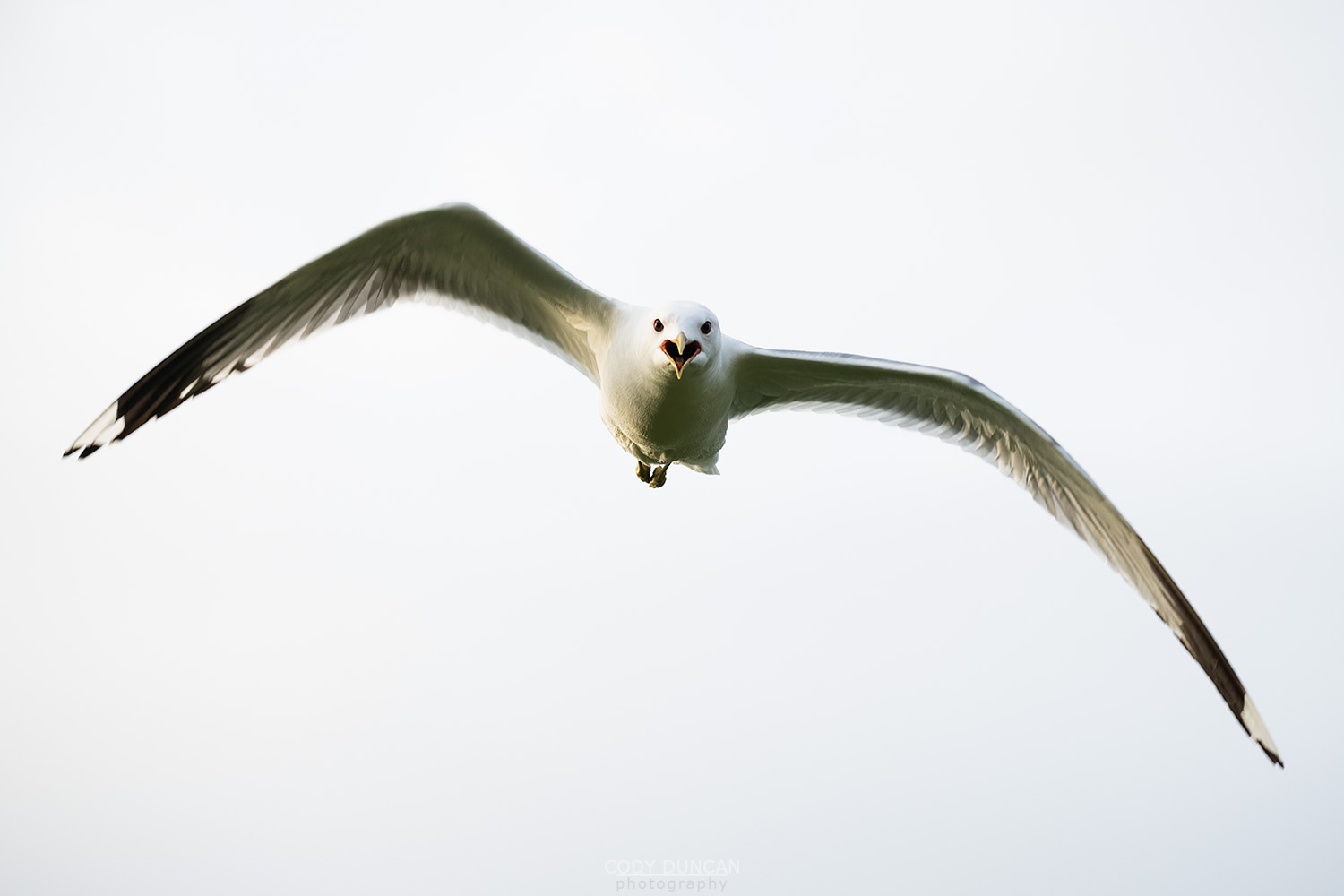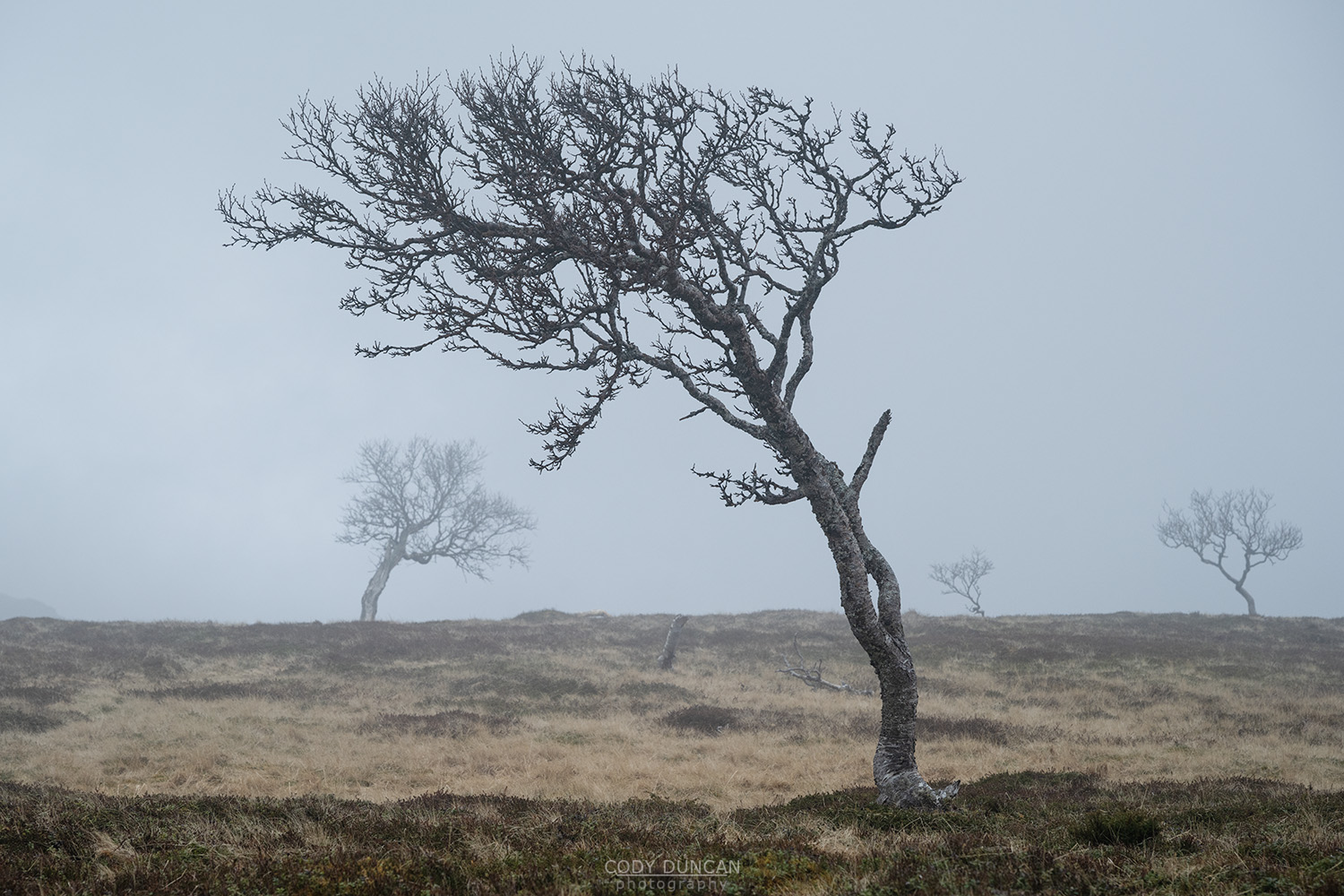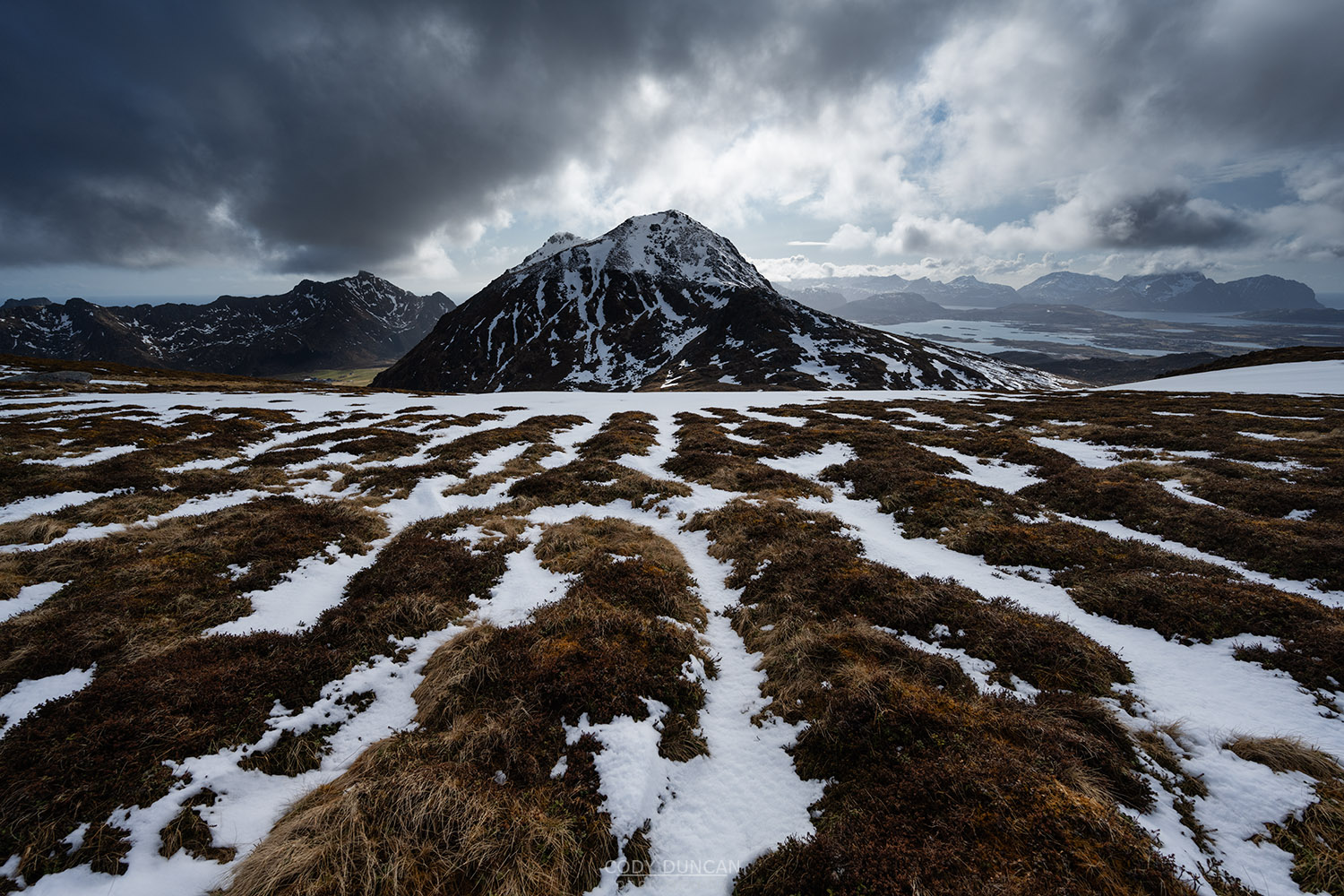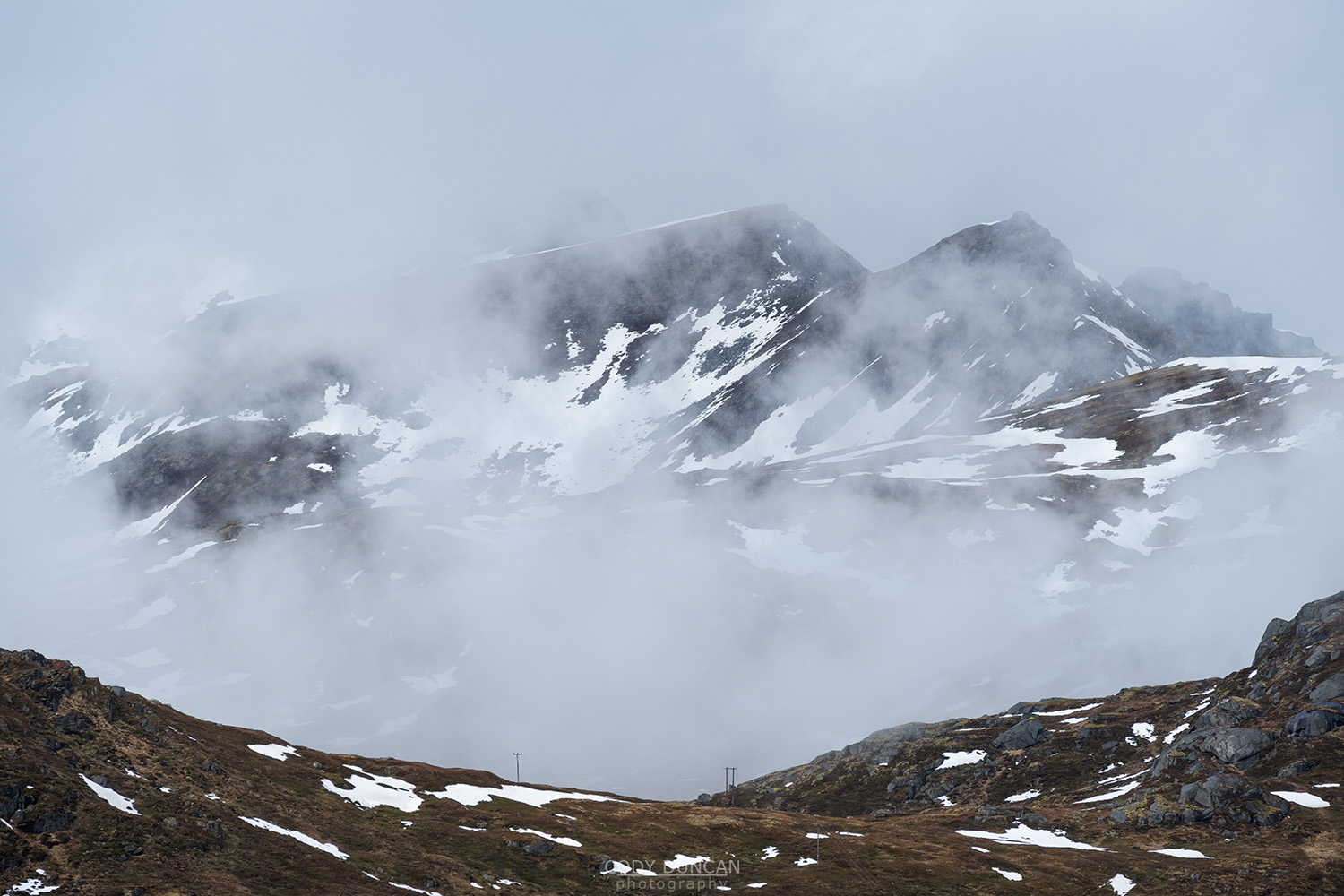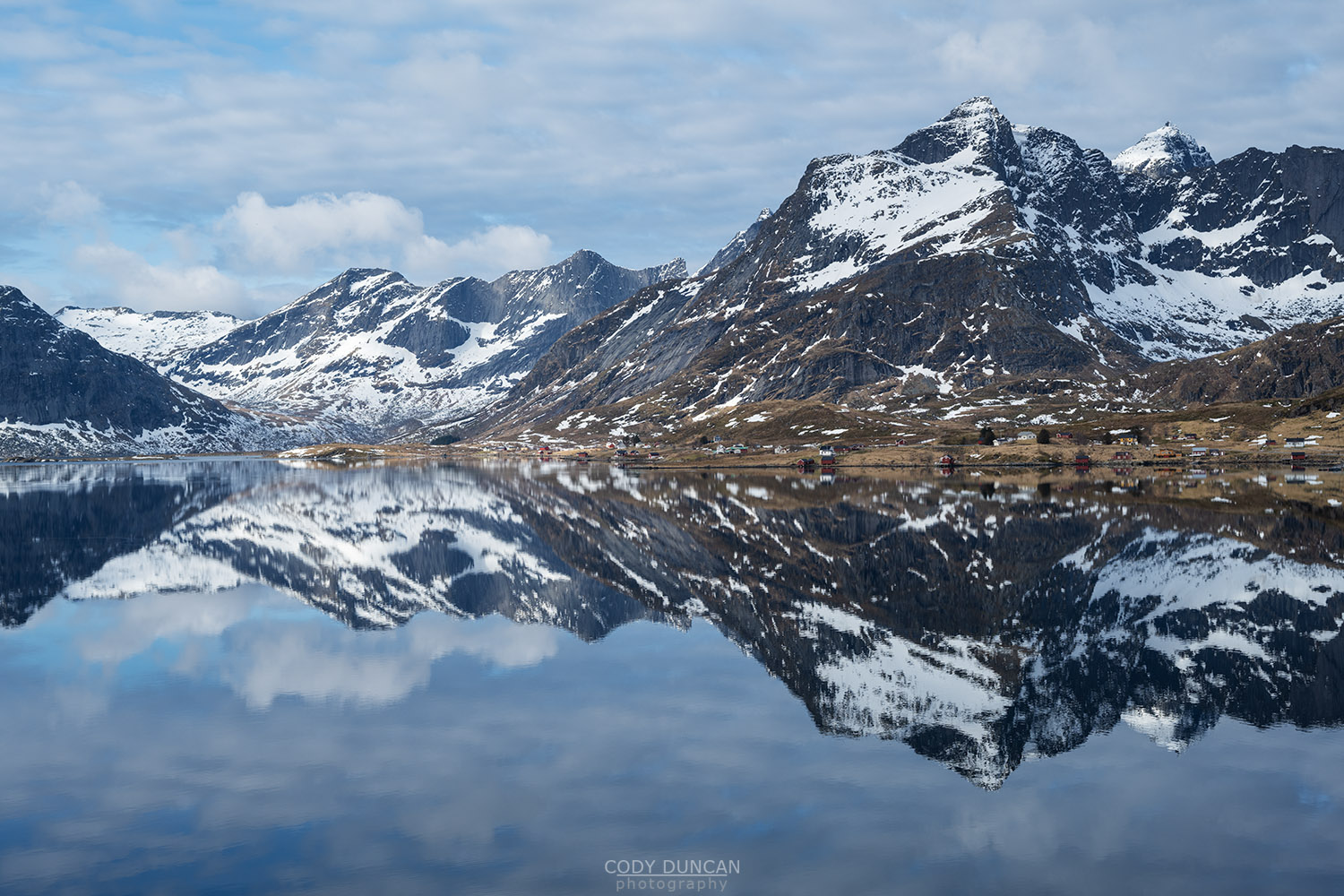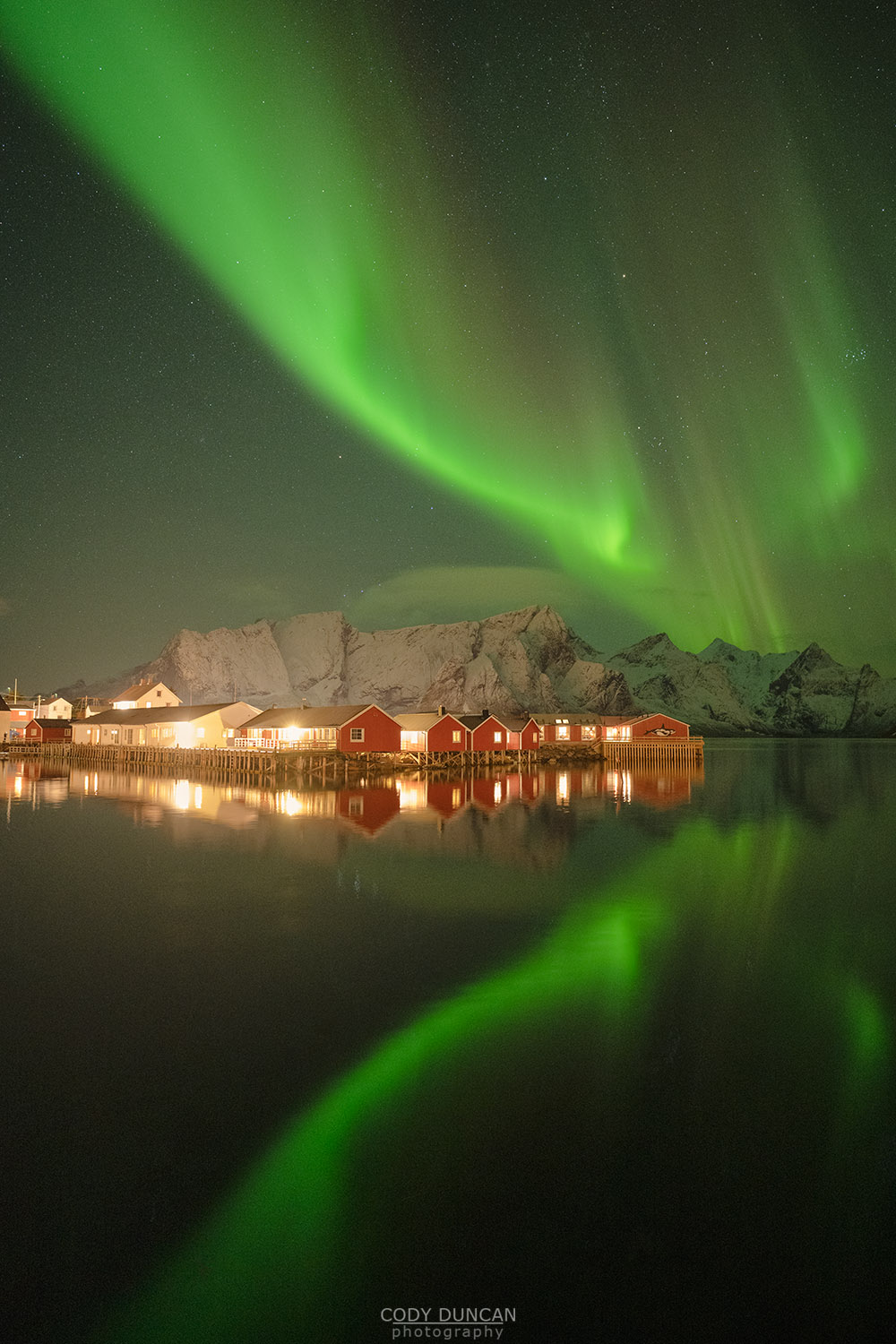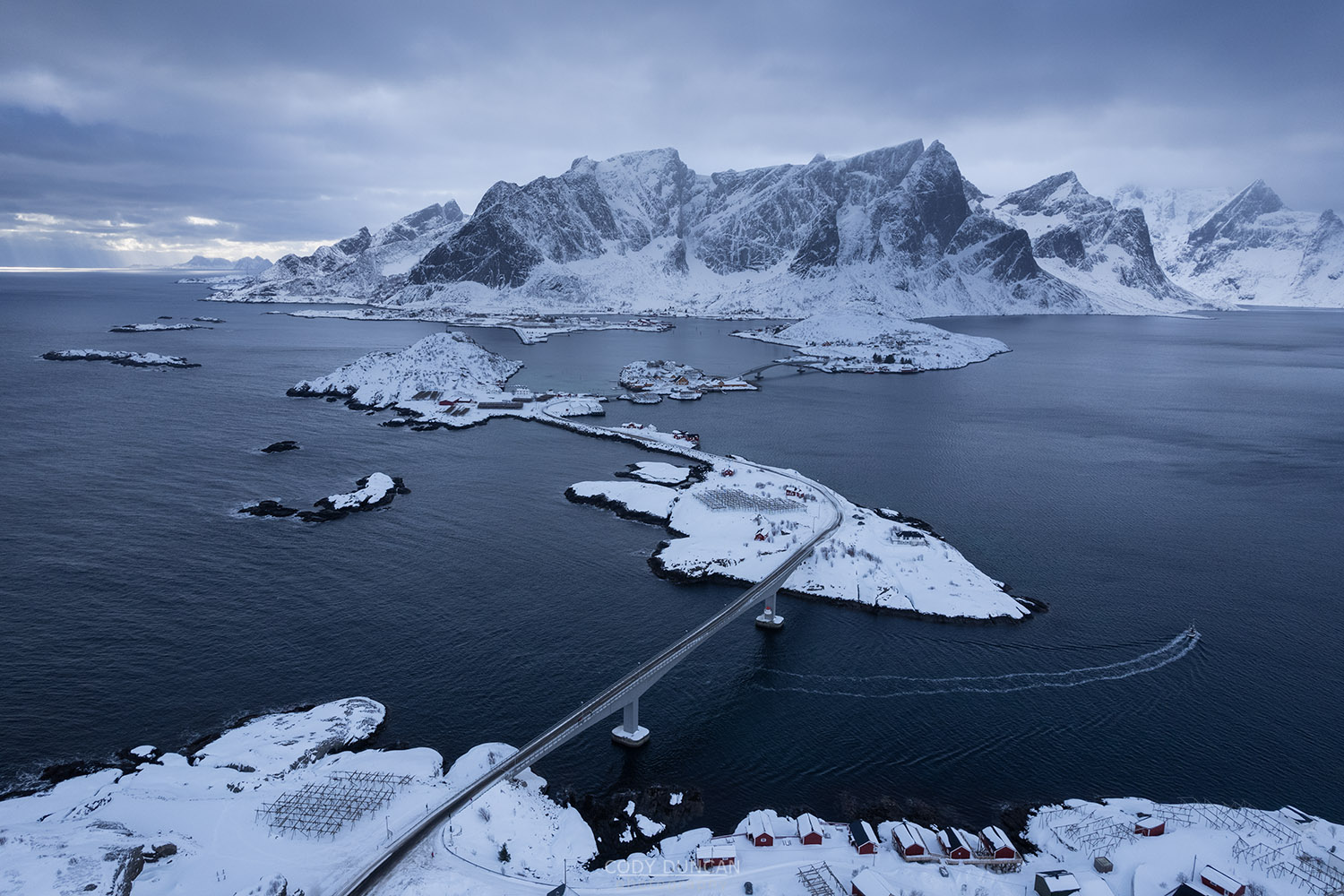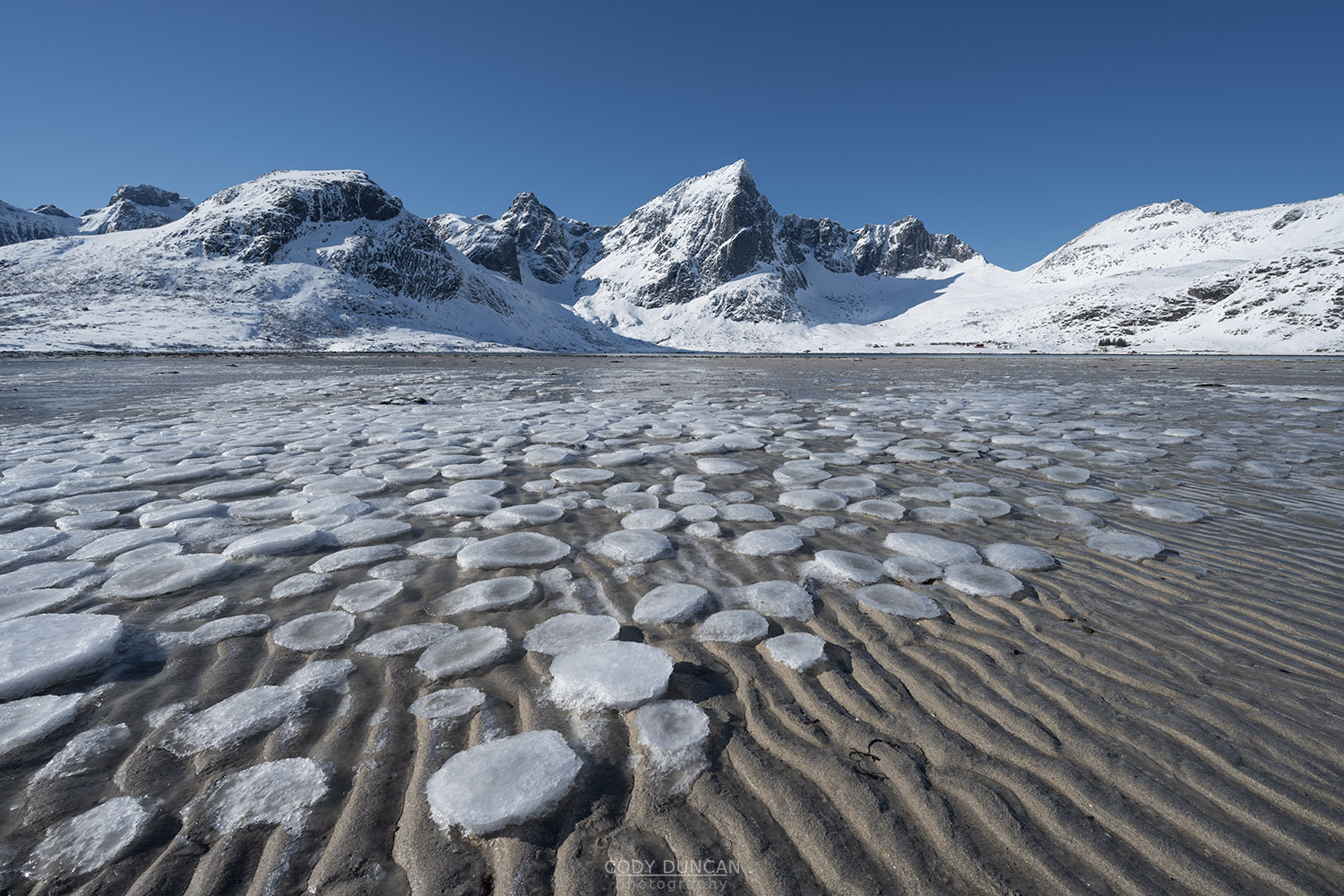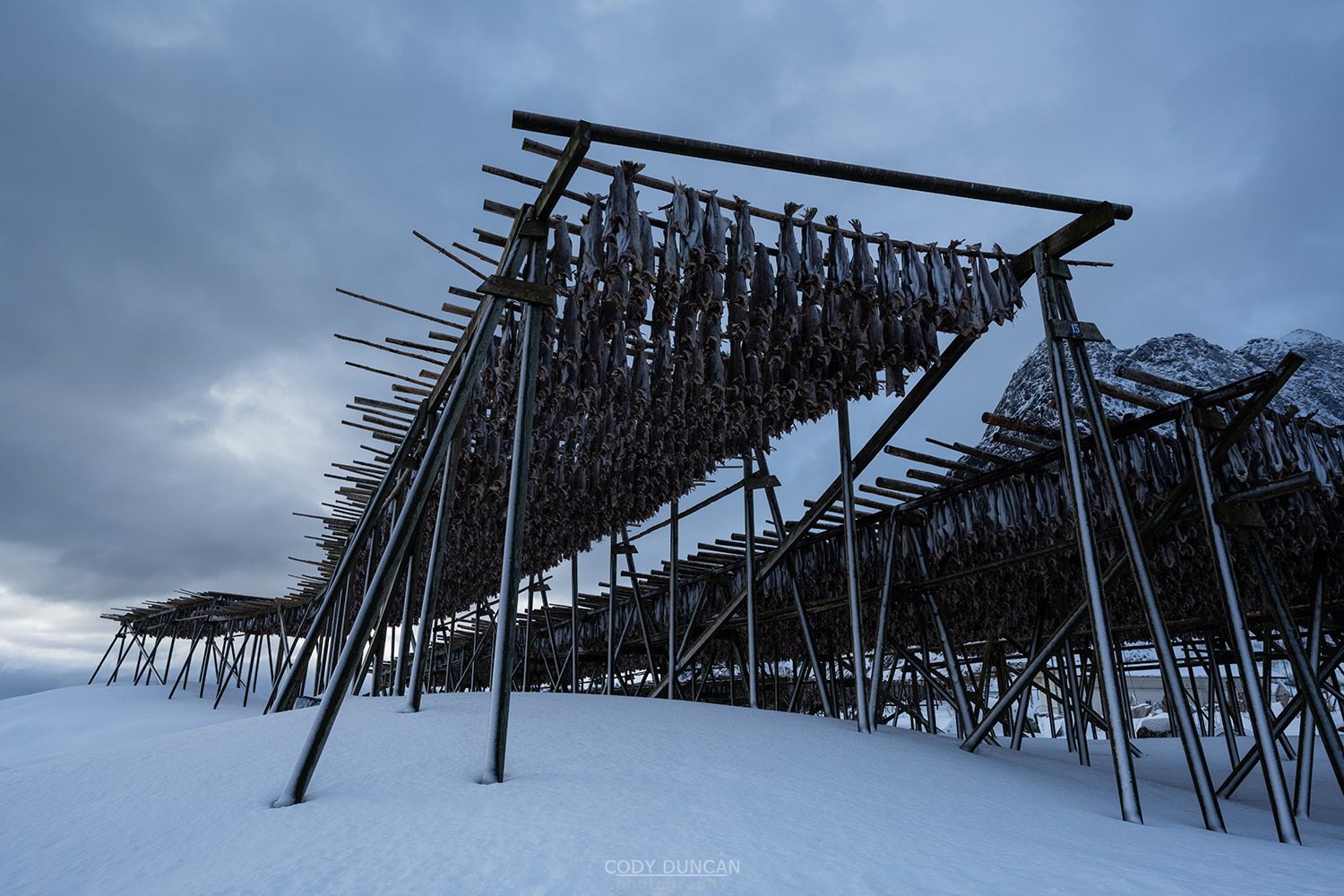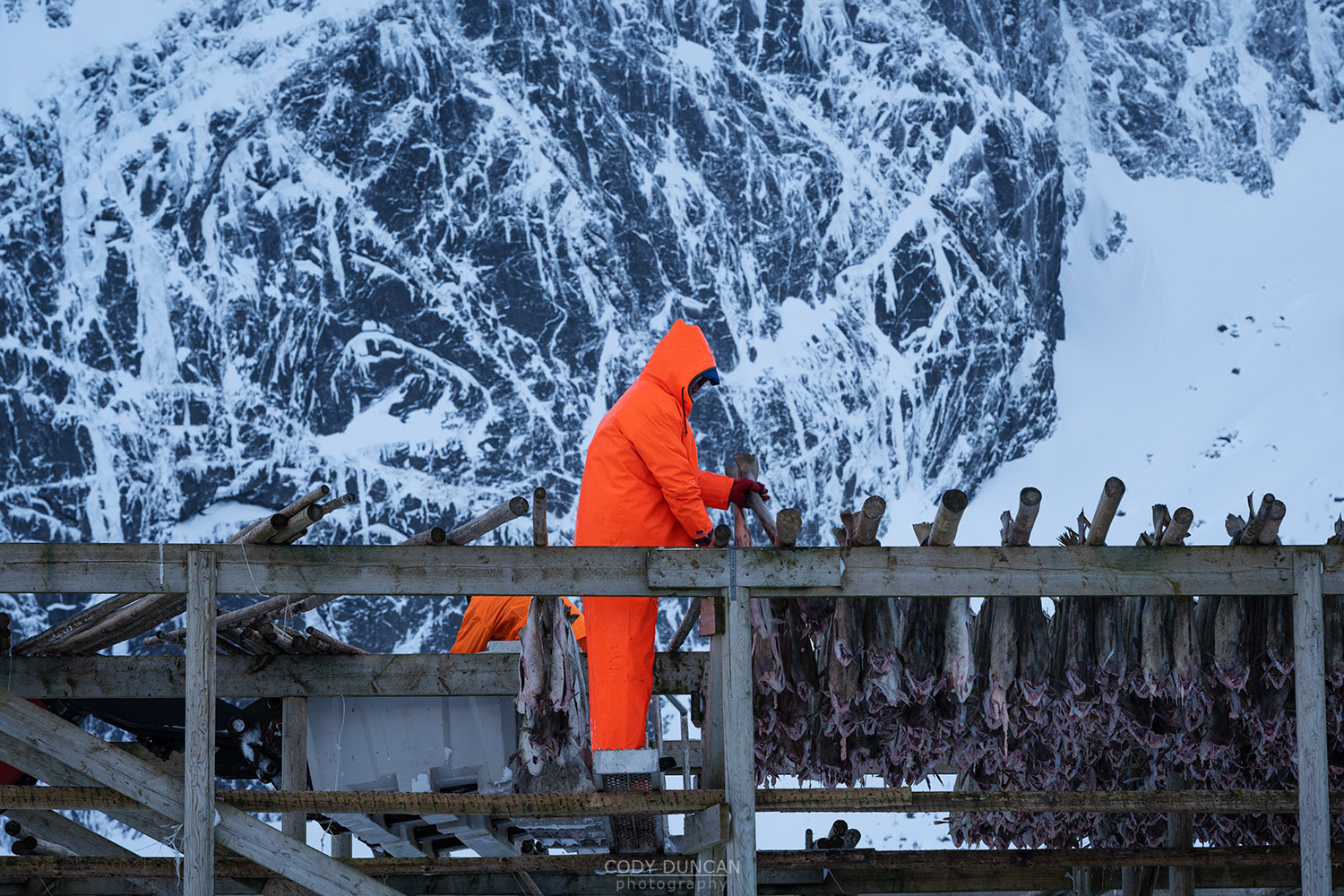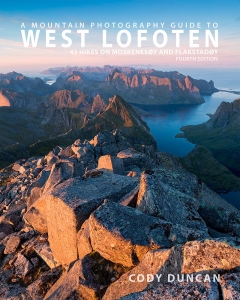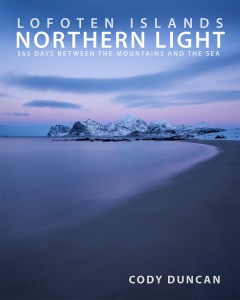Friday Photo #542 – Over Unstad Beach
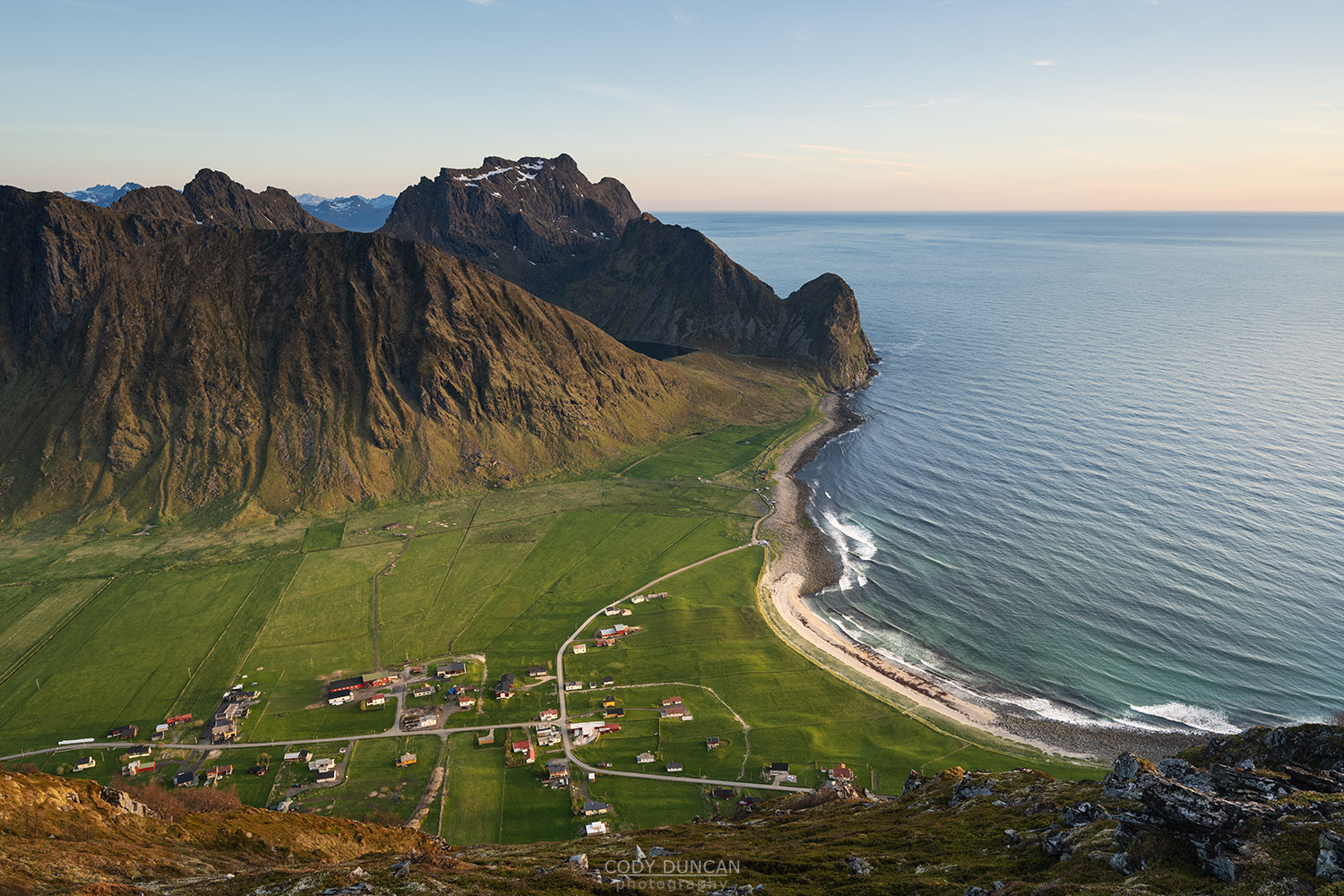
Photo: Evening view over Unstad beach, Vestvågøy, Lofoten Islands, Norway. May 29, 2022. 22:29
With no darkness for the next 2 months, May is the beginning of my midnight sun hiking season. I typically don’t camp too much at this time of year unless I’m heading to a more distant location. Otherwise, I find it easier just to pick a location, start walking, then return home sometime in the early morning hours. And then hope my neighbour doesn’t knock on my door at 09:00!
This evening I actually had no plan. First I headed up Saupstadtind, then over to (lower) Skrådalstind, and then I just wandered along winding sheep trails until I was over Unstad. I’ve hiked the mountains in the background of the image numerous times, but this was my first time on this side of the valley. And I think overall, this is an infrequently visited part of Lofoten. I attempted a bit of a shortcut on the way down, but it turned into something of a bushwhack at times.
With June just a few days away in this image, you can see the difference between the already green fields of the valley vs. the still relatively brown mountains rising above. The transition from winter to spring to summer is a gradual process on Lofoten; beginning at sea level and then rising higher up the mountains as time passes.
This image also shows the difference between Innmark, the green fields, and utmark, the mountains rising above. This is important in the regulations of Allemannsretten, which most people just think of as, ‘it’s free to camp where you want in Norway.’ This actually only applies to utmark. Though it is generally tolerated in many roadside areas and beaches, even if they are innmark. However, for Lofoten specifically, the increased pressure of tourism has seen more regulations and controls put in place in recent years. And there are even some calling for an end to Allemannsretten in the utmark. Only time will tell if these old traditions and freedoms still have a place in the modern world. But if everyone is respectful of the landscape, hopefully future generations can still enjoy the right to roam!
Head over to my Instagram account for (almost) daily postings of the local conditions here on Lofoten: @distant.north
Camera Info:
Nikon Z7 II
Nikon 14-30mm f/4
21mm
ISO 100
f 8
1/60 Second
WB Daylight

